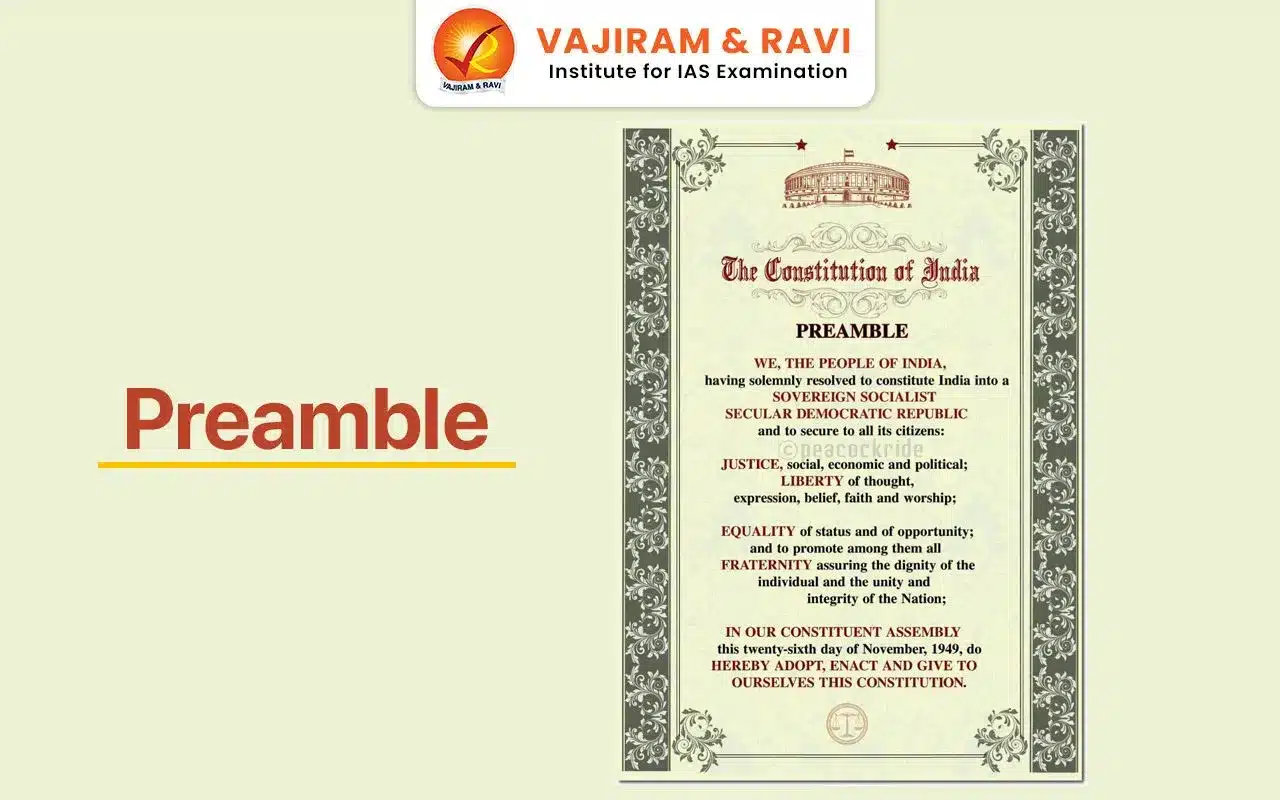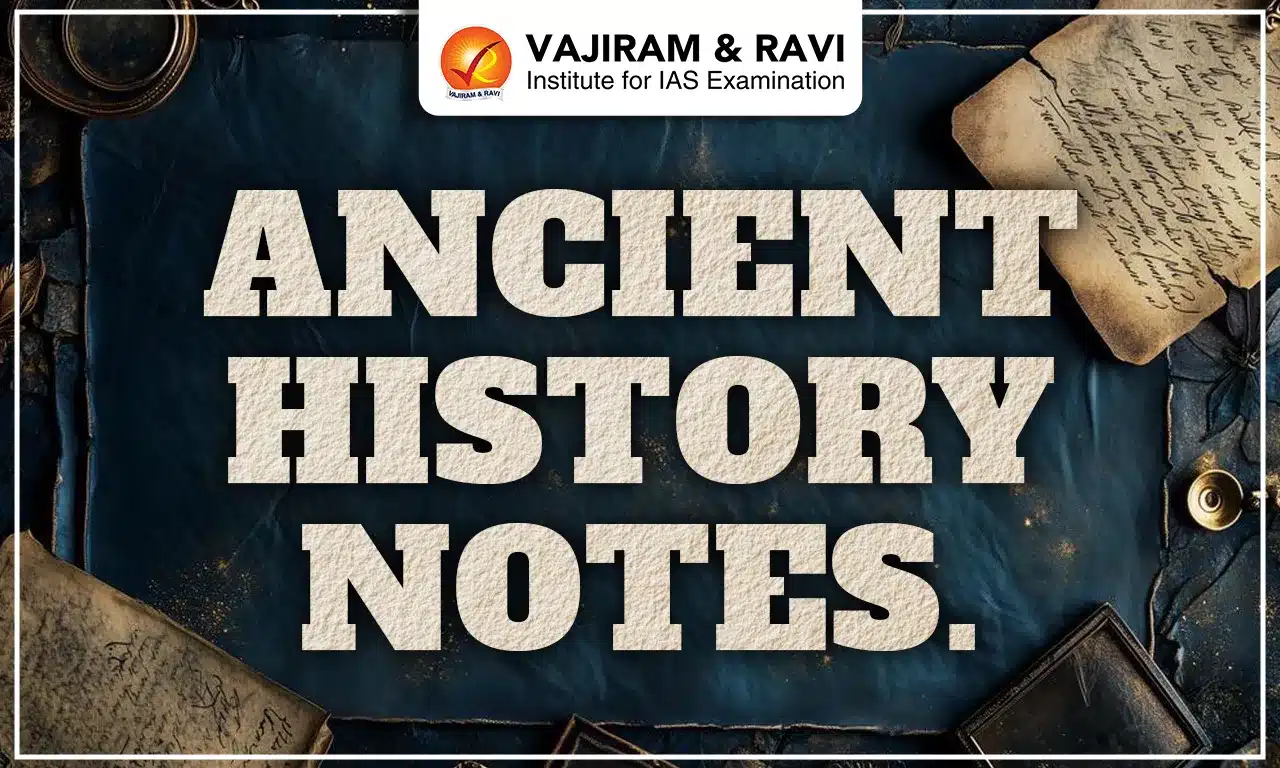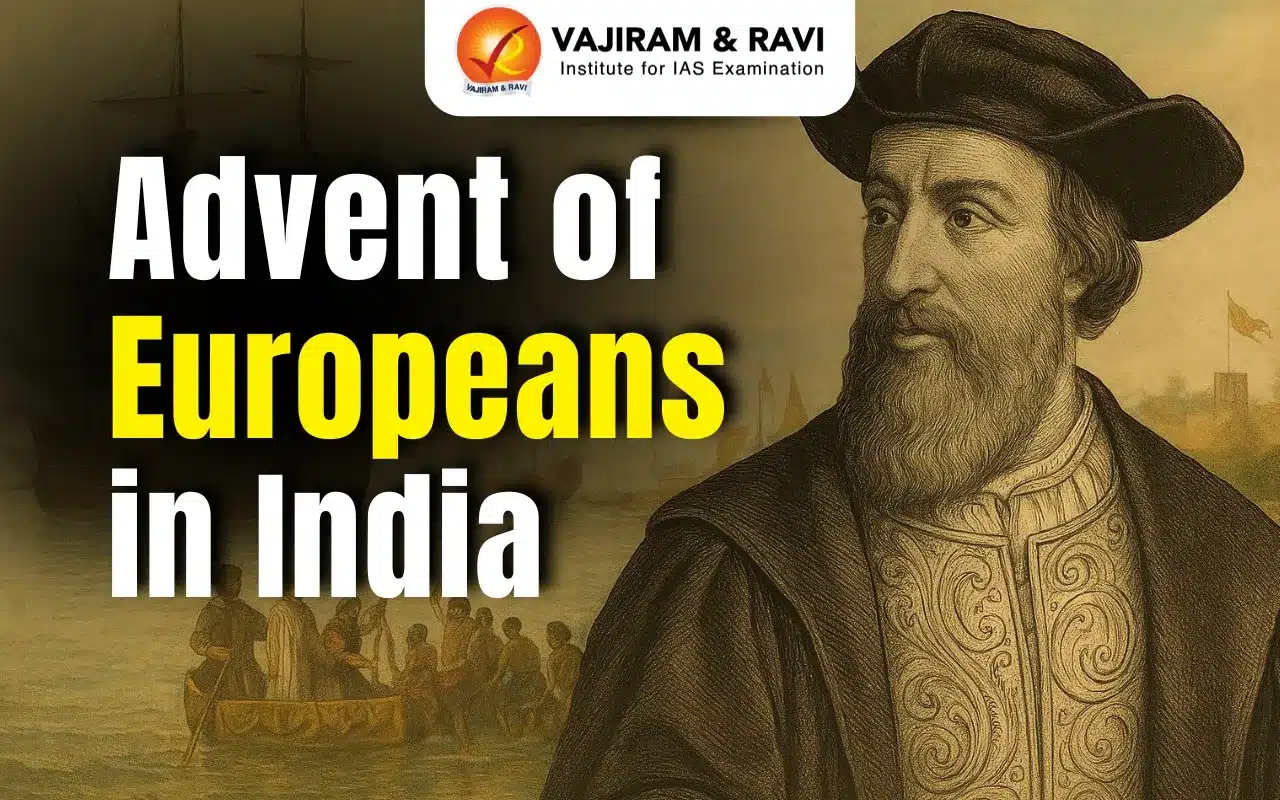The Non-Cooperation Movement (NCM) was the first nationwide movement launched by Gandhiji in 1920 during British rule. It emerged as a powerful and fervent response to a culmination of grievances and disillusionment that had been building up among the Indian populace. Rowlatt Act and the brutal Jaliawala Bagh Massacre were the immediate causes for launching the movement.
Congress, at its special session of Calcutta in September 1920, approved the Non-Cooperation movement, which was later endorsed by the Nagpur session of Congress in December 1920. The movement saw tremendous participation of masses throughout the country. However, the movement was called off by Gandhi on February 11, 1922, following the Churi Chaura incident in the Gorakhpur district of Uttar Pradesh.
Non-Cooperation Movement
During the years 1920-21, the Indian National Movement entered a new phase of mass politics and mobilisation. Two mass movements, Khilafat and Non-Cooperation, were formed to oppose British rule. The Non-Cooperation Movement was launched by *.2 in 1920 to mobilise the Indian masses to peacefully resist British rule through non-cooperation with British institutions, laws, and policies. Both the Khilafat Movement and Mahatma Gandi's Non-Cooperation Movement saw a convergence at the end of the summer of 1920.
Gandhi, through his earlier localised movements such as Champaran, Kheda and Ahmedabad, had already gained popularity and was able to attract the masses throughout the country. Thus transitioning to a new era of nationwide movement and mass politics.
Causes of Non-Cooperation Movement
The causes of the Non-Cooperation Movement were multifaceted. The impact of the First World War, the Rowlatt Act, the Jallianwala Bagh Massacre, and the Montagu-Chelmsford Reforms provided the immediate context for the movement.
- Simmering dissent: The economic exploitation of India by the British colonial rulers had already impoverished the masses. The economic and political situation of the country during and after the First World War was further aggravated by rising high inflation, heavy taxation and forced cultivation of cash crops.
- First World War: The British government backtracked on its promises to consider nationalist demands in exchange for Indian support in the War, which shattered the political optimism of the War years.
- Montagu-Chelmsford reforms: The reforms introduced by the British government through the Montagu-Chelmsford in the form of the Government of India Act 1919 fell short of Indian aspirations for self-governance and responsible government.The vast majority of leaders called it "disappointing and unsatisfactory."
- Rowlatt Act: It was passed in 1919 that allowed for the arrest and detention of Indians without trial. Its primary goal was to imprison nationalists without allowing them to defend themselves. This had infuriated the nationalists and other leaders. Gandhi decided to use Satyagraha to oppose it.
- Jallianwala Bagh Massacre: The Jallianwala Bagh Massacre in Amritsar, in which British troops opened fire on a peaceful gathering of Indians, killing hundreds, shocked and enraged the Indian population.
- Khilafat Movement: The Khilafat Movement was a parallel movement initiated by Indian Muslims to protest against the dismantling of the Ottoman Caliphate by the British after the First World War. Gandhi supported the Khilafat cause and advocated for non-cooperation.
Non-Cooperation Movement Timeline
As a follow-up to the Rowlatt Act, the Jallianwala Bagh massacre, and the Khilafat Movement, Mahatma Gandhi announced his intention to begin Non-Cooperation with the Government. At a special session in Calcutta in September 1920, Congress approved a Non-Cooperation Movement until the Punjab and Khilafat wrongs were corrected and Swaraj was established. The programme of non-cooperation was accepted and endorsed without opposition in the Nagpur INC Session of December 1920.
Non-Cooperation Movement Features
The Non-Cooperation Movement, launched by Mahatma Gandhi in 1920, was a significant phase in the Indian independence struggle. The following are some key features:
- Non-violent Protest: The movement emphasised non-violence and civil disobedience.
- Surrender of Titles and Honorary Positions: Individuals were encouraged to surrender their titles and honorary positions conferred by the British government.
- Swaraj: The Indian National Congress, under the leadership of Gandhi, adopted the objective of attaining Swaraj (self-government) through peaceful and legitimate means as part of the Non-Cooperation Movement.
- Gandhi planned the movement in stages: initially non-cooperation (boycotts, resignations, etc.), and if Swaraj was not achieved or if the government responded with repression, the movement would escalate to civil disobedience and non-payment of taxes.
- Resignation from Government Positions and Local Bodies: People were urged to resign from government jobs and memberships of local bodies.
- Boycott of Foreign Goods: Indians were encouraged to boycott British goods and use only Indian-made products. Foreign-made clothing was gathered and set ablaze.
- Boycott of Elections: Indians were asked to boycott elections held in accordance with the provisions of the 1919 Act, as well as legislative councils (though there were differences over this boycott). Boycott of law-courts was also encouraged.
- Non-cooperation with Government Institutions: This included boycotting courts, government functions, and legal practices, as well as government schools and colleges.
- Refusal to Serve in the British Army: People were encouraged not to serve in the British army.
- Non-payment of Taxes: If the above steps did not yield results, people were prepared to refuse to pay taxes.
- Promotion of Swadeshi Principles: The movement promoted the adoption of Swadeshi principles, including hand spinning and weaving (Charkha and Khadi). Thousands of volunteers went door-to-door persuading people to adopt Swadeshi goods.
- Boycott Movement Against Liquor and Toddy Shops: The boycott extended to liquor and toddy shops.
- Establishment of National Institutions: National schools, colleges, and private panchayat courts were established. Institutions like Kashi Vidyapeeth, Bihar Vidyapeeth, and Jamia Millia Islamia were founded.
- Establishment of Panchayats for settling disputes: The movement promoted the establishment of local Panchayats to resolve disputes, aiming to create alternative institutions to British-controlled systems.
- Unity of Congress and Muslim League: The movement saw a rare unity between the Indian National Congress and the Muslim League.
- Maintenance of Hindu-Muslim Unity and Strict Non-violence: There was a focus on maintaining Hindu-Muslim unity and practicing strict non-violence.
- Jail Bharo Andolan: Congress volunteers promoted the Charkha and Khadi and participated in the "Jail Bharo Andolan" (fill the jails movement).
- Tilak Swaraj Fund: Gandhi announced the Tilak Swaraj Fund, which aimed at collecting Rs 1 crore to aid constructive work.
The movement was called off in 1922 following the Chauri Chaura incident, but it played a crucial role in mobilizing the Indian masses against British rule.
Spread of Non-Cooperation Movement
The call for non-cooperation and boycott provoked massive responses from various parts of India, which were marked by massive popular protests against the British Raj. However, in most places, the movement was shaped by local conditions.
- Bengal: Birendranath Sasmal organised the anti-union board agitation in the Contai and Tamluk sub-divisions of Midnapore.
- Assam: J.M. Sengupta organised strikes in tea plantations, steamer services, and Assam-Bengal Railways.
- United Province: Under Baba Ram Chandra's leadership, agrarian riots erupted in Rae Bareli, Pratapgarh, Fyzabad, and Sultanpur.
- A peasant outburst of the 'Eka movement' arose under the leadership of Madari Pasi.
- In Awadh, the Kisan Sabha movement was prominent.
- Punjab: The Akali movement for Gurudwara reform and control became closely associated with non-cooperation. It demonstrated remarkable communal unity among Sikhs, Muslims, and Hindus.
- Rajasthan: The peasants protested against cesses and begar. The Bijolia Movement in Mewar and the Bhil Movement under Motilal Tejawat were significant movements against the exploitation by the British and Jagirs.
- Gujarat: Vallabh Patel spread the movement and regarded non-cooperation as a feasible alternative to revolutionary terrorism to fight against a colonial government.
- Karnataka: Karnataka areas were largely unaffected by the movement, and the initial reaction of upper and middle-class professional groups in several areas of the Madras presidency was limited.
- Workers at the Buckingham and Carnatic textile mills went on strike. Local Non-Cooperation leaders offered them moral support.
- Andhra: In Andhra, tribal and other peasant grievances against forest laws were linked to the Non-Cooperation Movement. The peasants refused to pay taxes to the zamindars, and the entire population of Chirala-Perala refused to pay taxes and vacated the town. Alluri Sitaram Raju organised the tribals and combined their demands with those of the Non-Cooperation Movement.
- Tamil Nadu: Led by C. Rajagopalachari, S. Satyamurthy and Periyar E.V.R.
- Kerala: Peasants organised anti-Jemni struggles. The Mopillah revolt was very intense during this period.
Non-Cooperation Movement Withdrawal
The non-cooperation movement was one of the most powerful movements in the Indian freedom struggle. However, despite all efforts, it was called off by Gandhiji due to various reasons. These reasons include:
- Chauri-Chaura Incident: In Chauri-Chaura, Uttar Pradesh, a group of protestors attacked and set fire to a police station, resulting in the death of several police officers. Gandhi felt that the incident violated the principle of non-violence, and as a result, he called off the movement in February 1922.
- Lack of discipline and violence: Mahatma Gandhi realised that the Indian masses were not fully prepared for a nationwide struggle of civil disobedience and non-cooperation.There were instances of indiscipline and violence by some participants. For instance, the Mopillah revolt in Kerala turned violent.
- Abolishment of Caliphate: Khilafat, one of the non-cooperation movement's issues, lost its relevance. Turks themselves, under the leadership of Mustafa Kemal, first abolished the Ottoman sultanate in 1922 and then did away with the office of the Khalifa in 1924.
- Rise of militancy: Towards the later stages of the movements, there was a gradual shift towards more radical and militant approaches. This led to a loss of popular support and alienation of certain sections of society.
- Issue of class revolution: The Non-Cooperation Movement was gradually turning into a no-rent movement against the Zamindars. However, the Congress leadership had no intention of undermining the Zamindars' legal rights. Gandhi's goal was a "controlled mass movement" involving various Indian classes rather than a class revolution. As a result, he was opposed to the continuation of this movement, which could lead to a class revolution.
- Government repression: The British colonial government had responded to the Non-Cooperation Movement with harsh measures. The government seemed in no mood for negotiations. Volunteer corps were declared illegal, public meetings were forbidden, the press was silenced, and most leaders of the Congress were arrested.
Non-Cooperation Movement Significance
Though the non-cooperation movement did not succeed and was suddenly called off, it had a significant impact on the Indian freedom struggle. It played a significant role in generating and spreading anti-imperialist consciousness among Indian people.
- Hindu-Muslim unity: Gandhi opined that the realisation of Swarajya lies in the proper resolution of the Mahomedan question. This effort led to an unprecedented Hindu-Muslim unity, reflected in the ensuing mass mobilisations against colonial rule. It also paved the way for Gandhi to become the main protagonist of secularism.
- Issue of social justice: The non-cooperation movement introduced the issue of caste discrimination and untouchability to national politics and made Gandhi an important leader for social justice.
- Mass participation: The Khilafat and NCM witnessed extensive participation from the Indian masses from all walks of life, including peasants, workers, students, teachers, women and professionals. The long-standing grievances of the working masses against the British, as well as the Indian masters, were given an outlet through this movement. Gandhi’s emphasis on non-violence introduced women in large numbers into the freedom struggle. Thus, it proved to be a mass mobilisation in the true sense.
- National consciousness: The most significant success of the movement was the creation of political and social consciousness and nationalism in Indians.
- Inspiration for subsequent movements: The success and impact of these movements paved the way for subsequent movements such as the Civil Disobedience Movement and the Quit India Movement.
Non-Cooperation Movement Limitations
The Non-Cooperation Movement was a significant step in India's struggle for independence. However, it had several limitations and challenges that impacted its effectiveness.
- Merger of Khilafat issue: The cause of the Khilafat movement was exclusively on the religious line, and then the convergence of NCM and Khilafat proved to be less useful for secular politics in India in the long term.
- Limited reach: While the Non-Cooperation Movement garnered substantial support, especially in urban areas, it did not have universal backing across India. The rural population had limited awareness of these movements and often remained detached.
- Lack of clear goal: The movements didn't have a well-defined roadmap beyond non-cooperation with the British for achieving independence or addressing broader socio-economic issues.
- Differences: There were differences in strategies, ideologies, and priorities that led to fragmentation and weakened the overall effectiveness of the movements. For example, there were differences regarding the boycott of legislative councils. Some leaders, such as C.R. Das, were unwilling to include a council boycott.
Non-Cooperation Movement UPSC PYQs
Q1: Consider the following statements in respect of the Non-Cooperation Movement: (UPSC Prelims 2025)
- The Congress declared the attainment of 'Swaraj' by all legitimate and peaceful means to be its objective.
- It was to be implemented in stages with civil disobedience and non-payment of taxes for the next stage only if 'Swaraj' did not come within a year and the Government resorted to repression.
Which of the statements given above is/are correct?
a) 1 only
b) 2 only
c) Both 1 and 2
d) Neither 1 nor 2
Ans: (c)
Q2: Consider the following subjects with regard to Non-Cooperation Programme: (UPSC Prelims 2025)
- Boycott of law-courts and foreign cloth
- Observance of strict non-violence
- Retention of titles and honours without using them in public
- Establishment of Panchayats for settling disputes
How many of the above were parts of Non-Cooperation Programme?
a) Only one
b) Only two
c) Only three
d) All the four
Ans: (c)
Last updated on January, 2026
→ Check out the latest UPSC Syllabus 2026 here.
→ Join Vajiram & Ravi’s Interview Guidance Programme for expert help to crack your final UPSC stage.
→ UPSC Mains Result 2025 is now out.
→ UPSC Notification 2026 is scheduled to be released on January 14, 2026.
→ UPSC Calendar 2026 is released on 15th May, 2025.
→ UPSC Prelims 2026 will be conducted on 24th May, 2026 & UPSC Mains 2026 will be conducted on 21st August 2026.
→ The UPSC Selection Process is of 3 stages-Prelims, Mains and Interview.
→ UPSC Result 2024 is released with latest UPSC Marksheet 2024. Check Now!
→ UPSC Toppers List 2024 is released now. Shakti Dubey is UPSC AIR 1 2024 Topper.
→ Also check Best IAS Coaching in Delhi

















